Swansea: Morriston explosion like a film set, say paramedics
- Published
Specialist paramedics at the scene of Swansea blast
Specialist paramedics were among dozens of emergency workers called to the scene of a house explosion in Swansea last week.
The Hazardous Area Response Team (Hart) is part of the Welsh Ambulance Service and is trained to enter the scene of major incidents and immediately start life-saving treatment.
Arriving there within 30 minutes of the initial 999 call, one of the crew members was wearing a camera supplied by BBC Wales as part of a film project.
"It was like a movie set with debris everywhere and bits of house in the trees around you," said specialist paramedic Gareth Denman.
He was faced with the "surreal" scene in a terraced street in Morriston following the incident that killed one person and left three others in hospital.
"There was lots of destruction around - lots of bricks, damaged cars, buildings," he said. "But it's about focusing on the task in hand."
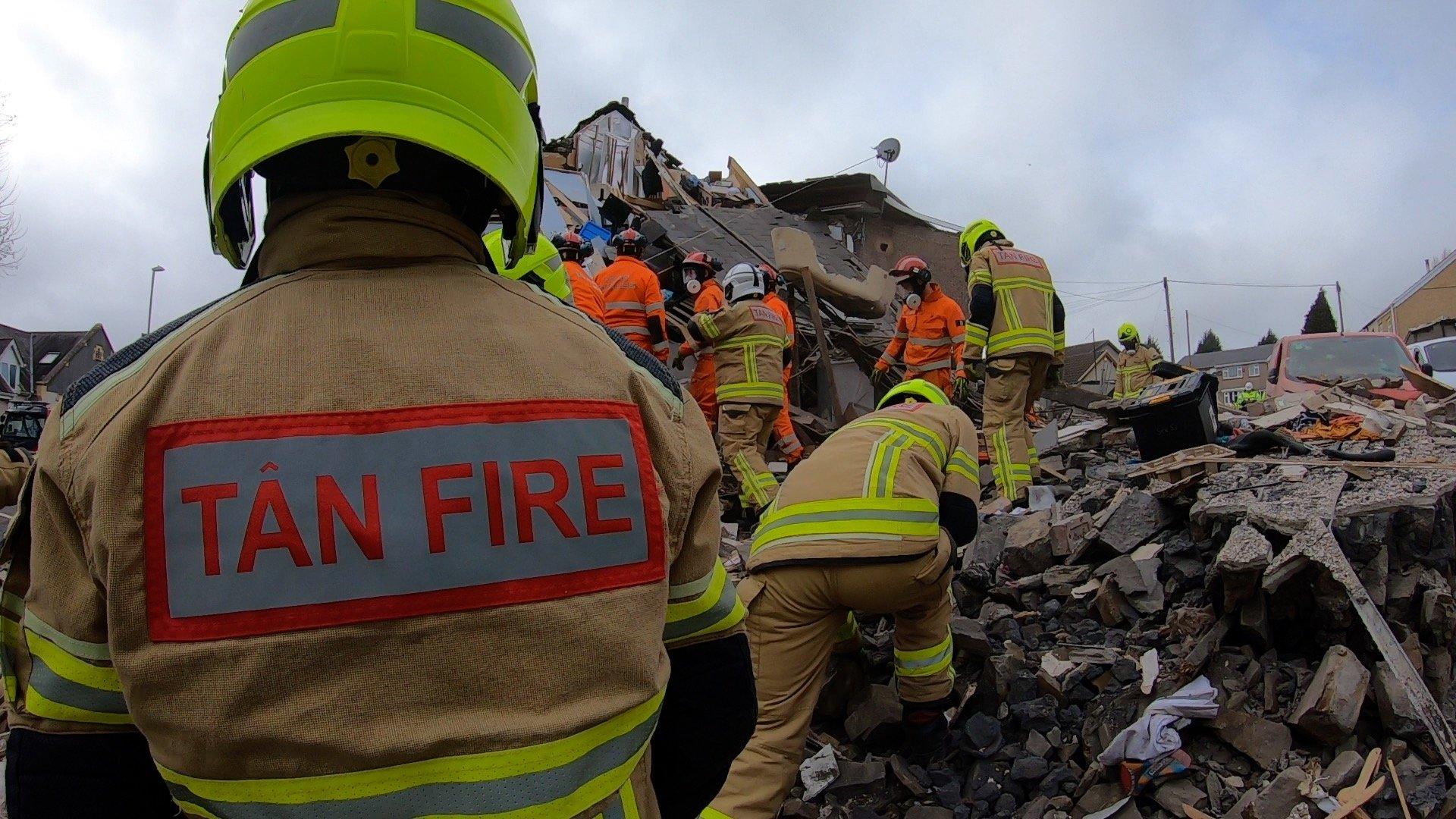
Fire crews and urban search and rescue officers remove rubble from the scene of a house explosion in Swansea
The footage shows the human chain formed by firefighters to remove debris from the scene, personal items and clothing strewn across the street and even the moment a cat was rescued.
"The initial response team had dealt with the walking wounded," said Gareth.
"I believe a bus driver had pulled over and that became almost a makeshift mini hospital."
As well as bricks and rubble, children's belongings and kitchen items were strewn around them.
Operational manager Craig Merrick said: "You are task focused when you're there - you're aware of debris and things that shouldn't really be there.
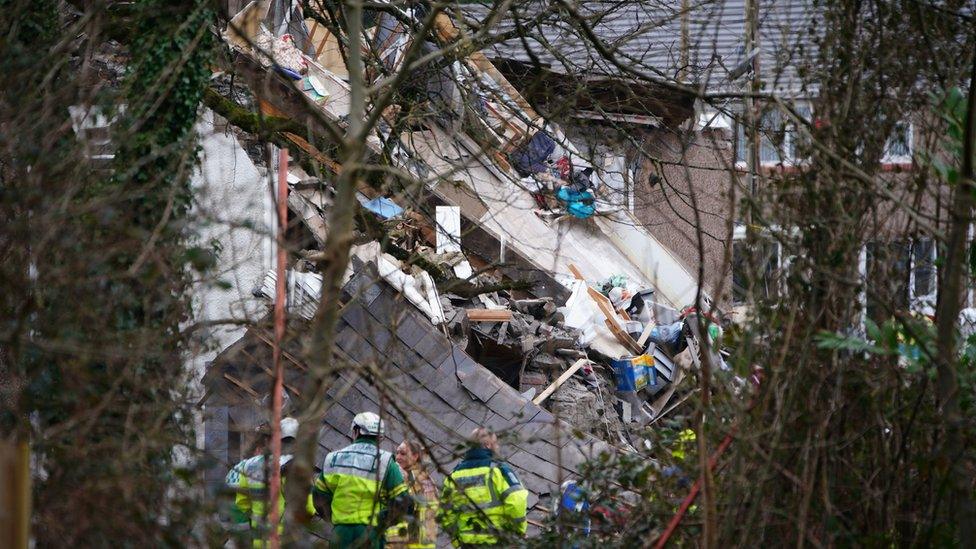
Emergency workers at the scene of the blast last week
"You are aware of it, but you push it to the back of your mind because you've got other more important tasks to do."
The team was formed just over 10 years ago and was involved in one of the UK's longest cave rescue operations in the Brecon Beacons in 2021, the search for April Jones in Machynlleth in 2012 and the Novichok poisonings in Salisbury in 2018.
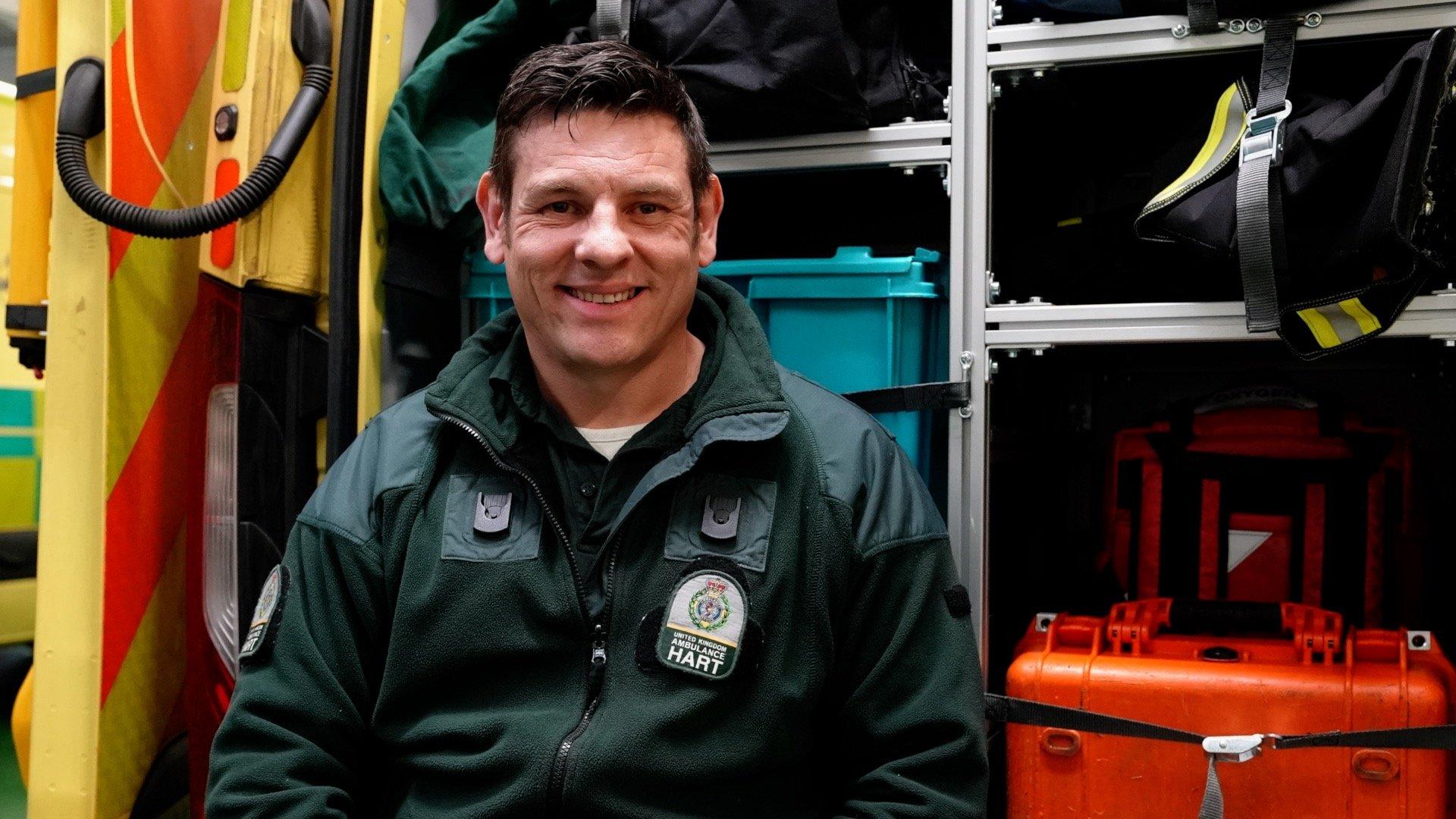
Craig Merrick has been with Hart since it was established in 2012
As team leader, Craig said individual jobs stayed with them - especially those involving children, adding that "we are lucky that we have a trauma practitioner we can speak to, because on a day-to-day basis you don't usually see some of the stuff that we see".
Gareth added: "The role of paramedic is an amazing role."

The explosion happened in the Morriston area of Swansea
"It's a privilege to be able to go into people's homes or different environments and provide care and treatment to people in some of their worst times.
"Add that to the hazardous area where there might be fires going on or risk of explosion, or there's chemicals involved or running water and stuff like that - it adds an additional dynamic."
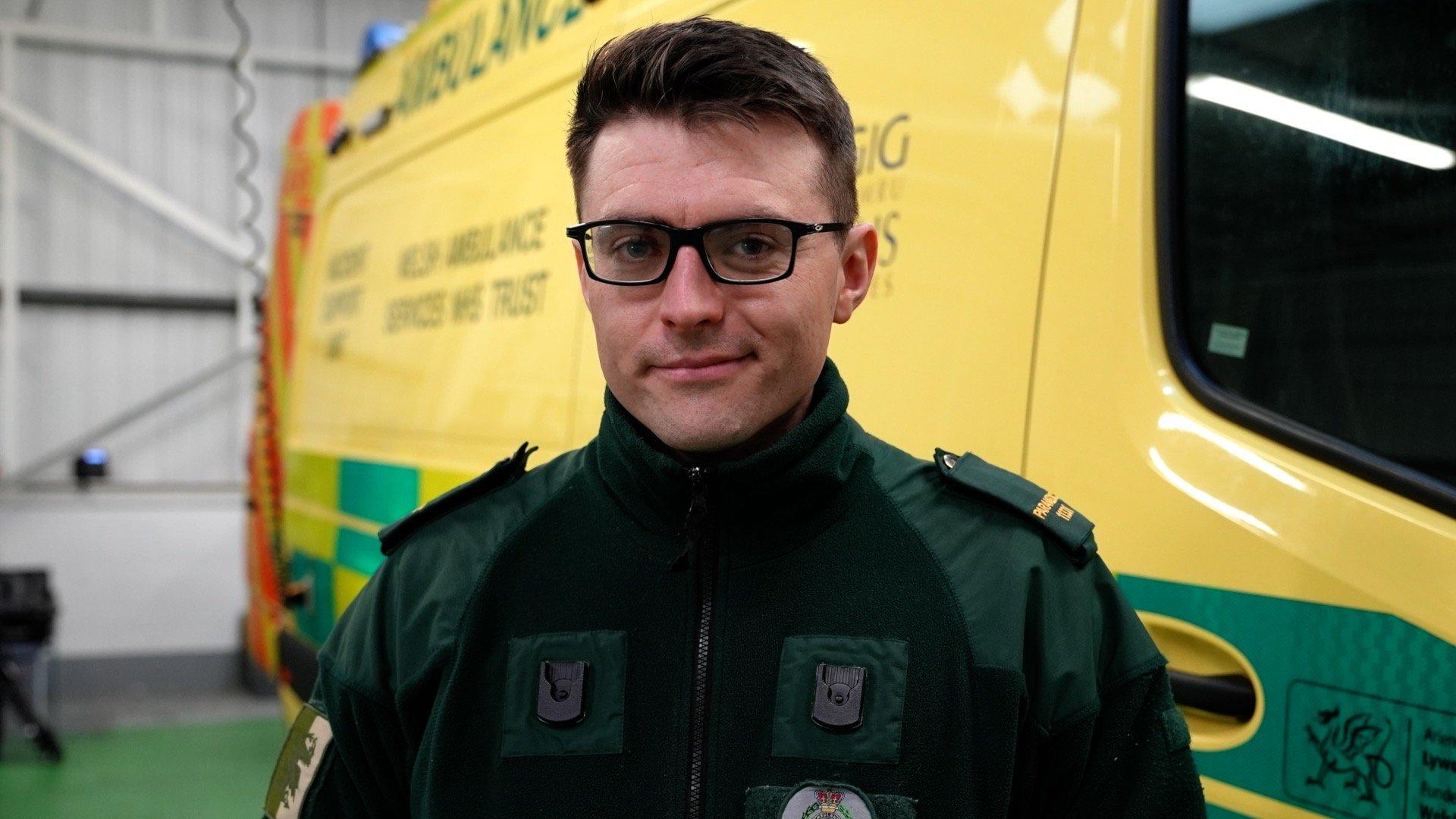
Gareth Denman has been a paramedic for 10 years
The 42-person department can respond to calls across Wales, night and day.
Each shift has two "pods" that can be deployed.
The pod is made up of two vehicles: one containing the medical kit; the other, larger truck is stocked with everything from stretchers designed for working at height to protective suits designed for chemical incidents or water rescues.
Preparing them for any eventuality is one of the training managers, Giles Hodges.
"We ask a lot of our Hart paramedics," he said. "We can only do that if we give them the PPE to operate and the training."
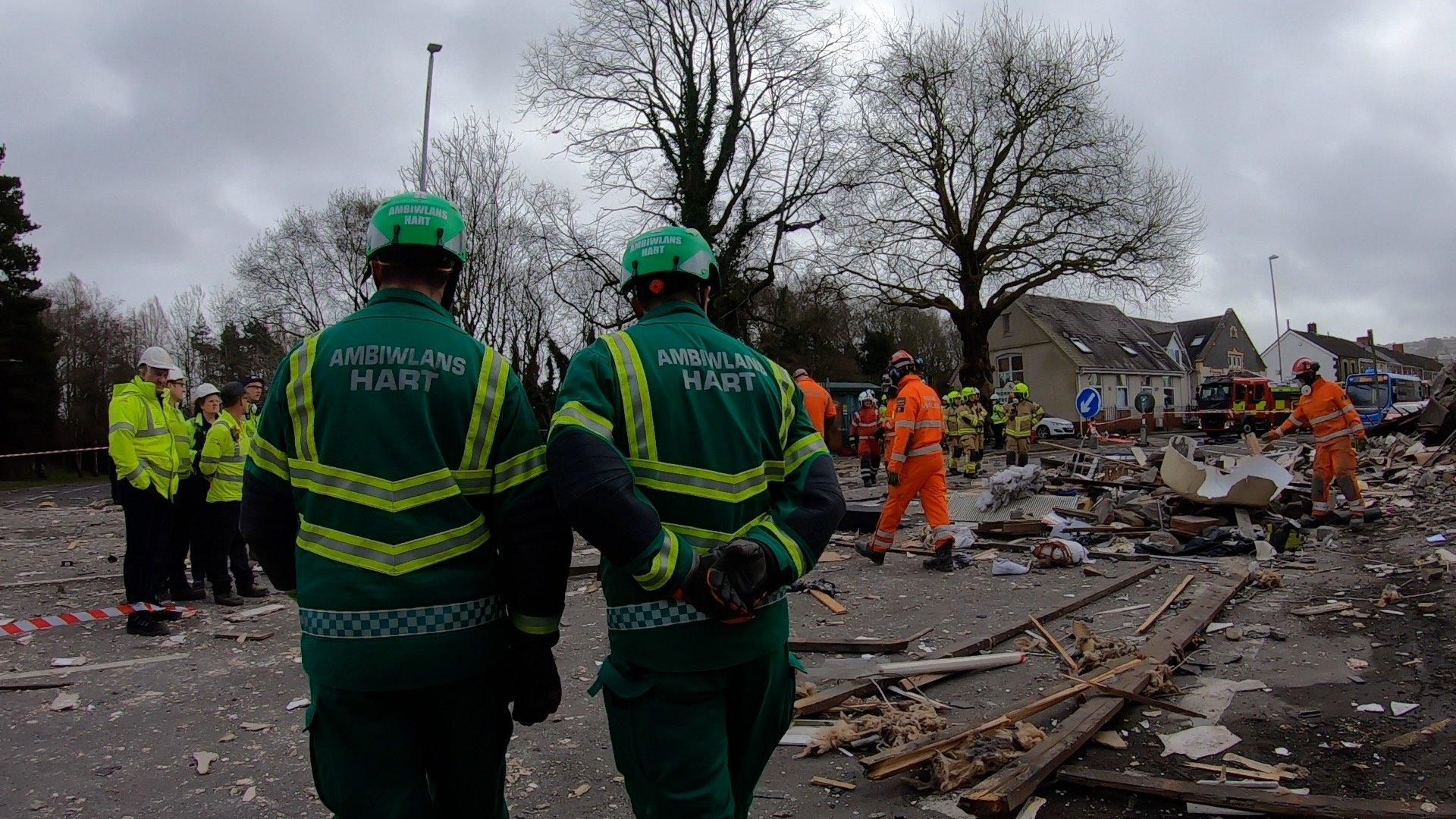
Hazardous area response team members are trained to help with rescues as well as treat patients at the scene
Every seven weeks staff have four days of intensive training to keep on top of the skills needed for the extreme locations they work in and the medical skills required when they get there.
"If we don't expose them to the real thing, when they come to do it they're not going to have the confidence to achieve what we need them to do," said Giles.
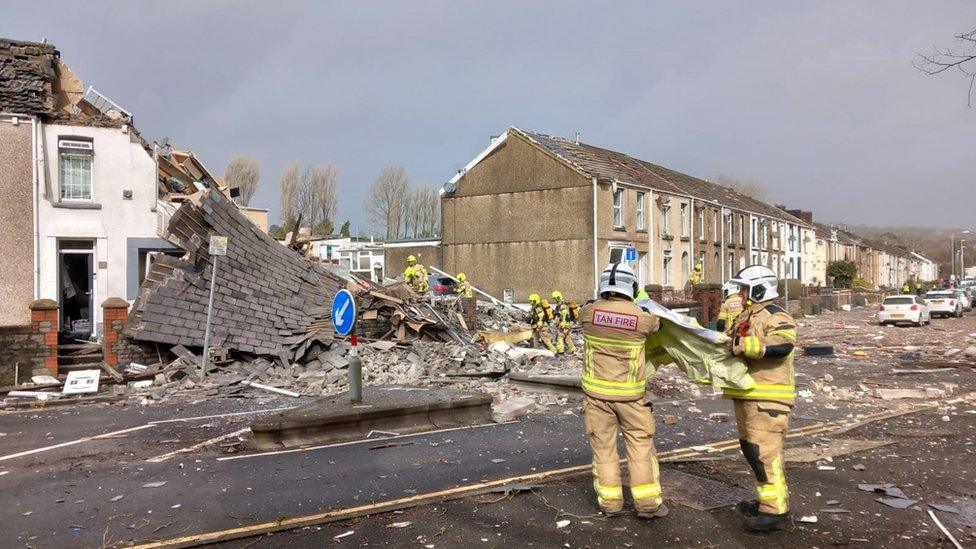
One man died and three others were injured in the blast
"Prior to Hart we didn't have the capability to treat the patient where they fell. Within that 'hot zone' - that risk zone - we weren't allowed to go forward through that cordon.
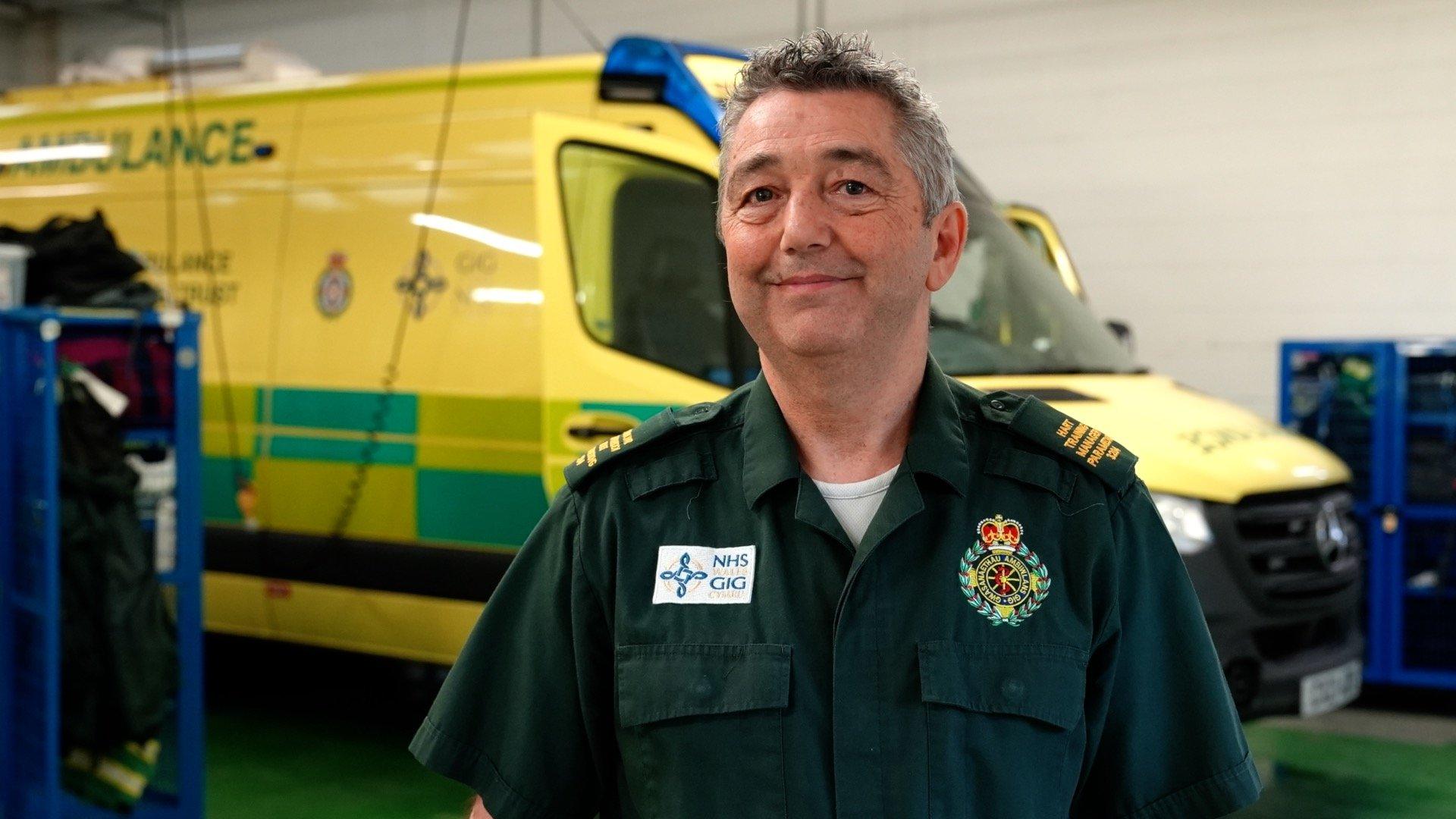
Training manager Giles Hodges ensures the crew is up to date with the multiple skills needed for the role
"What Hart gives us is that capability to move forward into that hazardous area to treat the patient where it's needed most.
"Undoubtedly, if we can't get to the patient, the patient's going to deteriorate and become really unwell."
- Published21 March 2023

- Published19 March 2023
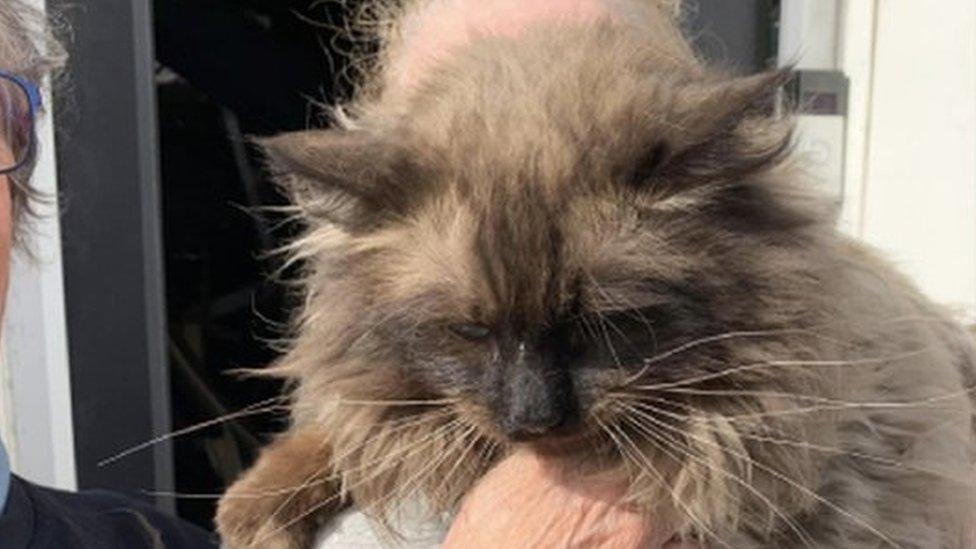
- Published14 March 2023
